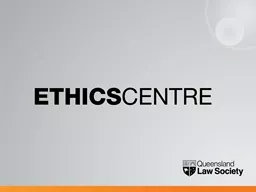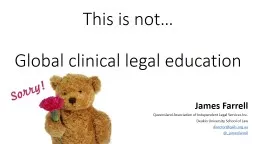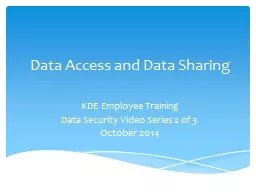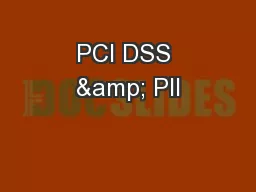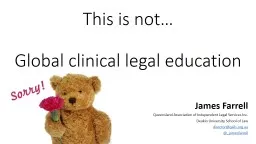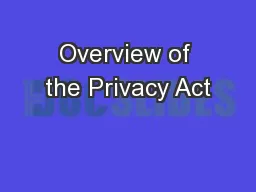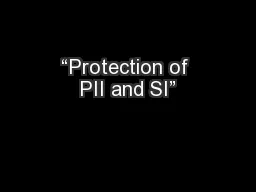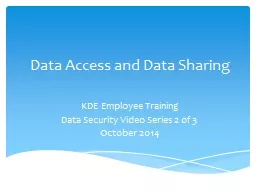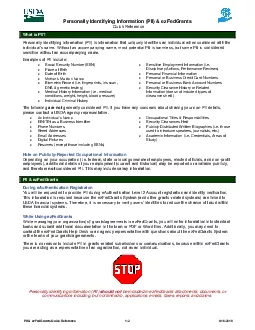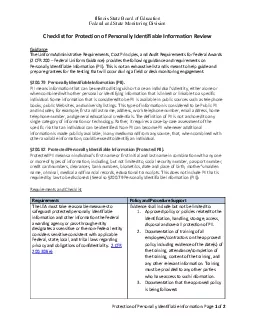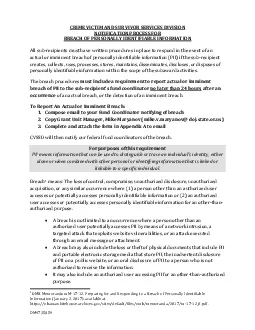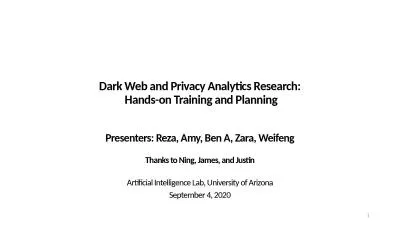PPT-QAILS PII Webinar
Author : natalia-silvester | Published Date : 2017-05-06
ASCR Legal ethics essentials Stafford Shepherd Senior Ethics Solicitor 30 May 2013 Overview Brief background History of the Australian Solicitors Conduct Rules
Presentation Embed Code
Download Presentation
Download Presentation The PPT/PDF document "QAILS PII Webinar" is the property of its rightful owner. Permission is granted to download and print the materials on this website for personal, non-commercial use only, and to display it on your personal computer provided you do not modify the materials and that you retain all copyright notices contained in the materials. By downloading content from our website, you accept the terms of this agreement.
QAILS PII Webinar: Transcript
Download Rules Of Document
"QAILS PII Webinar"The content belongs to its owner. You may download and print it for personal use, without modification, and keep all copyright notices. By downloading, you agree to these terms.
Related Documents

